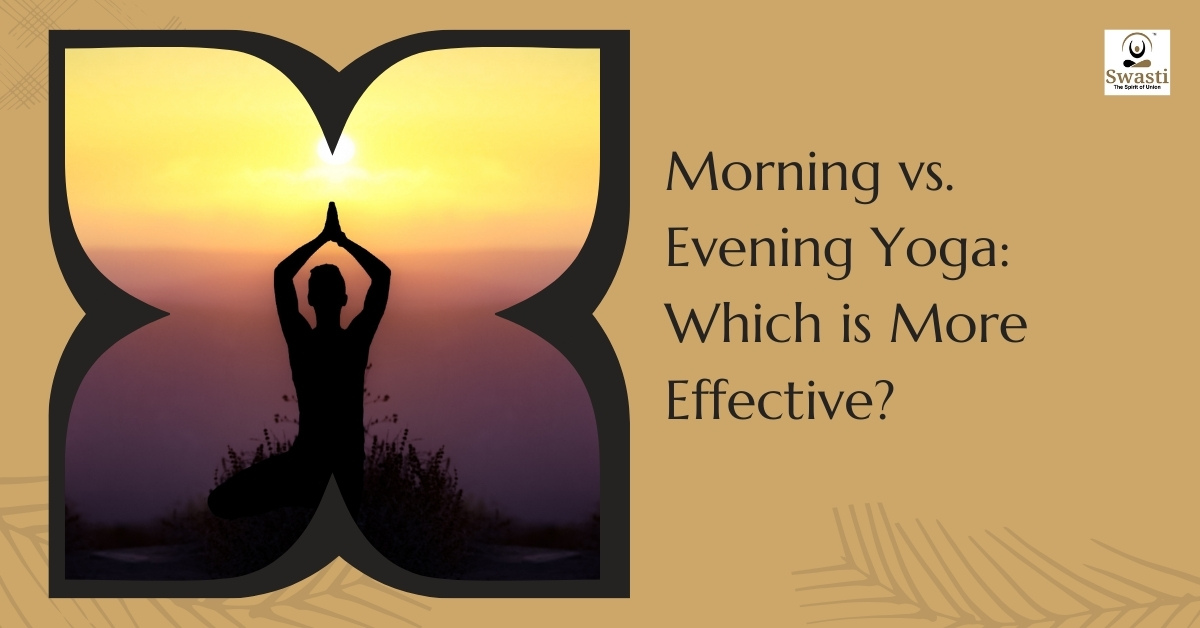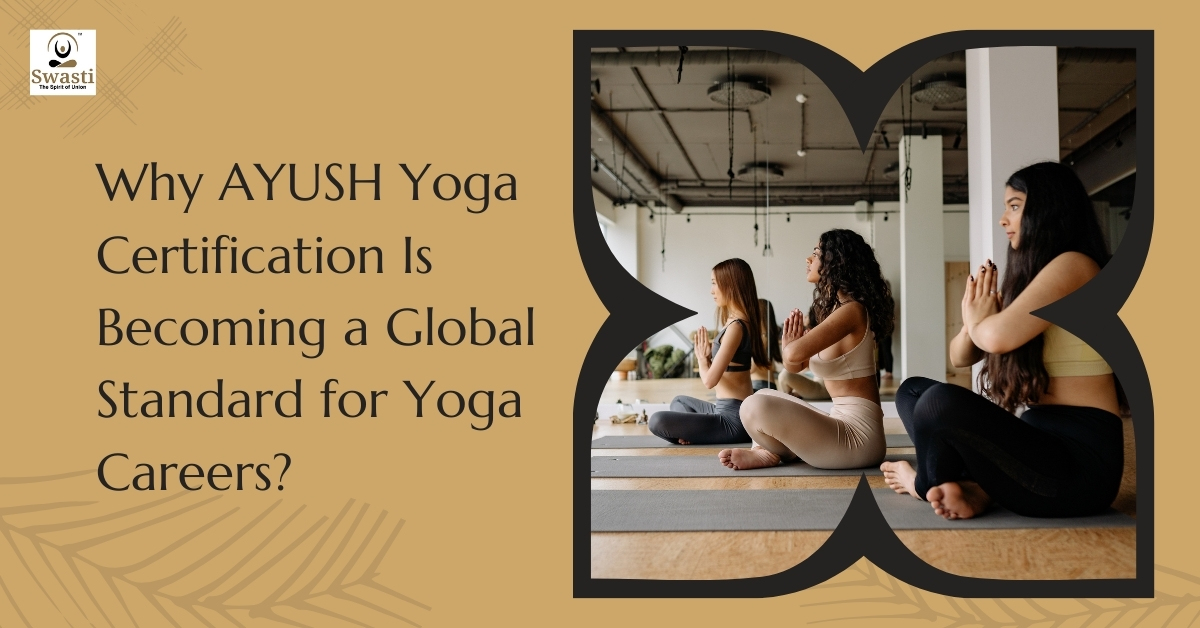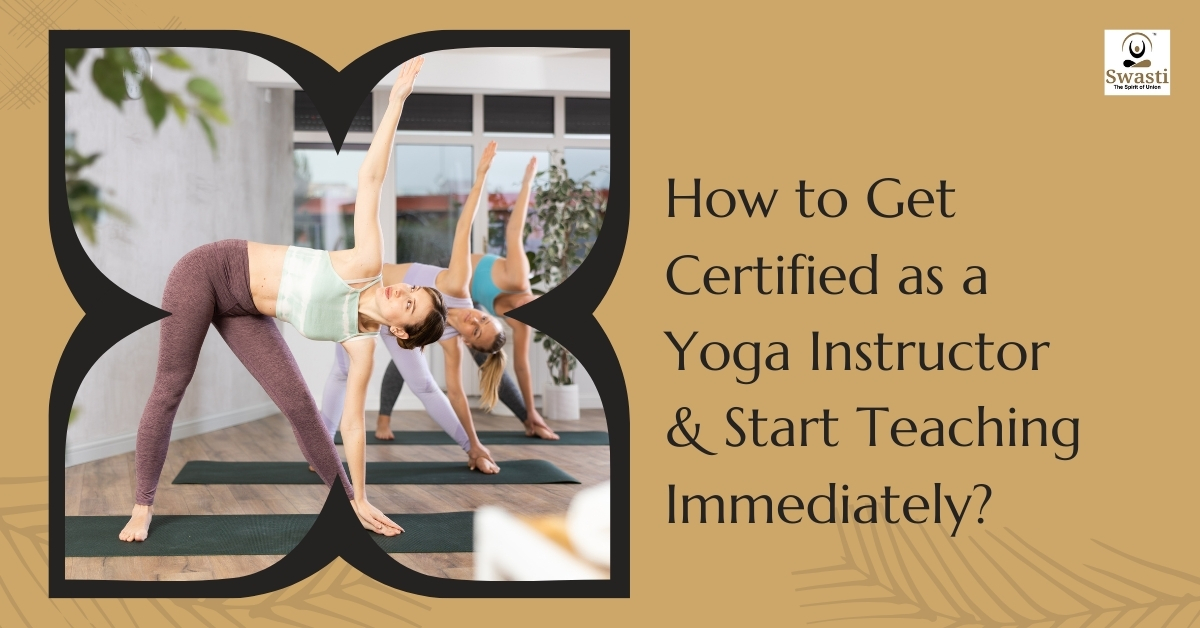
Prenatal Yoga Instructor Certification: Is It a Profitable Career?
Floating in water or moving through a gentle yoga flow can bring a deep sense of peace and tranquility. Now, imagine combining these two calming experiences into one meaningful career. Aqua Yoga offers a beautiful blend of fluid movement, strength, relaxation, and mindfulness. If you love being in the water and have a deep appreciation for yoga, becoming an Aqua Yoga instructor could be your perfect calling. Let’s dive deeper into how you can turn this passion into a professional journey. What is Aqua Yoga? Aqua Yoga is a practice where traditional yoga poses are adapted and performed in water, typically in a warm pool. The water provides natural resistance and support, making movements more fluid and less stressful on the joints. It is often described as a soothing, meditative experience that feels like a blend of yoga and hydrotherapy. Because water supports the body’s weight, Aqua Yoga is accessible to people of all ages, body types, and fitness levels. It is especially beneficial for individuals dealing with injuries, arthritis, or mobility challenges. At the same time, it offers a full-body workout that strengthens muscles, improves flexibility, enhances balance, and promotes deep relaxation. Why is Aqua Yoga growing in Popularity? Over the past few years, Aqua Yoga has started gaining recognition not just among yoga enthusiasts but also among health and wellness professionals. More people are discovering the incredible physical and emotional benefits of practicing yoga in water. It is gentle on the body, yet deeply effective in building strength and promoting recovery. With wellness retreats, luxury resorts, rehabilitation centers, and fitness clubs looking for specialized programs to offer their clients, the demand for certified Aqua Yoga instructors is steadily rising. People are searching for new ways to stay healthy, heal from injuries, and connect with themselves, and Aqua Yoga beautifully meets all these needs. Who Should Consider Aqua Yoga TTC? Wondering if Aqua Yoga Teacher Training is right for you? Here’s who should consider it: Yoga instructors: Already teaching yoga? Expanding to Aqua Yoga helps you reach a wider audience and add a unique skill to your resume. Water enthusiasts: If you love being in water and practicing yoga, this training is your chance to blend both passions. Fitness professionals: Trainers, physiotherapists, or anyone in the fitness field looking for a niche skill can benefit from the Aqua Yoga certification. Beginners: No yoga experience? No problem! Aqua Yoga is beginner-friendly and a great entry point into the world of yoga. What You’ll Learn in Aqua Yoga Teacher Training? Aqua Yoga Teacher Training (TTC) isn’t just about learning poses. It’s about understanding how to teach effectively in a water environment. Here’s a breakdown of what you’ll learn: Water anatomy and physiology: Understand how the body moves in water and how Aqua Yoga can benefit it. Safety in the water: Learn important safety protocols to ensure you and your students are safe during class. Modifying poses for the water: Discover how to adjust traditional yoga poses to suit the aquatic environment. Breathing techniques: Master water-friendly breathing practices to enhance relaxation and connection during the practice. Class management skills: Learn how to lead and manage classes effectively, keeping the flow smooth and your students engaged. The training is designed to give you everything you need to confidently teach Aqua Yoga, whether in a private pool, wellness retreat, or a larger fitness center. The Benefits of Becoming an Aqua Yoga Instructor Becoming an Aqua Yoga instructor comes with unique advantages. Here’s why it’s worth considering: Stand out from the crowd: Aqua Yoga is a specialized skill, making you an expert in a growing niche. Work in diverse settings: You can teach Aqua Yoga at wellness retreats, resorts, rehabilitation centers, or even private pools. Help people heal: Aqua Yoga isn’t just a workout—it’s a therapeutic experience that helps people recover from injuries and improve mobility. Personal growth: Teaching Aqua Yoga offers a chance for personal transformation as you connect deeply with students and water. The opportunities are endless, and the impact you can have on others is profound. How to Get Started with Aqua Yoga Teacher Training? Ready to become an Aqua Yoga instructor? Here’s how to get started: Research the right training: Look for a TTC that covers all the key areas, including water anatomy, safety protocols, and teaching techniques. Prepare mentally: While swimming experience isn’t a requirement, comfort in water is important. If you’re not a swimmer, no worries—just make sure you feel confident in the water. Sign up and start learning: Once you’re enrolled, dive into the coursework. Focus on absorbing all the theoretical knowledge and practical techniques. Practice and teach: The more you practice, the more confident you’ll become. Start teaching small classes or offer one-on-one sessions to build experience. With the right training, you’ll be ready to lead your own Aqua Yoga classes in no time! Conclusion: A Career That Floats Your Boat Aqua Yoga offers a unique and rewarding career path for anyone passionate about water, yoga, and helping others. Whether you’re looking to teach in luxury resorts, rehabilitation centers, or private sessions, Aqua Yoga provides endless opportunities to grow personally and professionally. So, if you’re ready to blend your love for yoga and water, why not take the plunge? Start your journey as an Aqua Yoga instructor today, and transform your passion into a career that benefits both you and your future students! Begin Your Aqua Yoga Career with Swasti Yoga Center Turn your passion for yoga and water into a rewarding career with Swasti Yoga Center’s Aqua Yoga Instructor Certification TTC in India. Our program is designed to give you the skills and confidence to teach Aqua Yoga effectively and with purpose. With expert trainers, a comprehensive curriculum, and a certification recognized worldwide, you’ll be prepared to offer Aqua Yoga classes in diverse settings. Whether you’re looking to teach in resorts, wellness centers, or private sessions, this training will set you on the path to success. Start your journey today and take the first step










